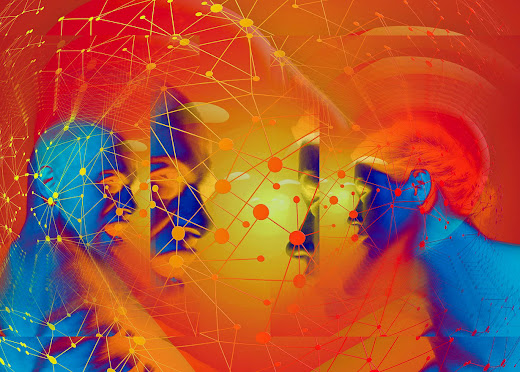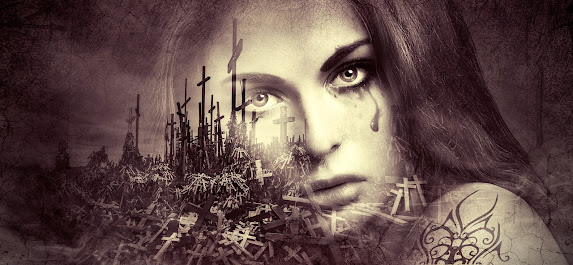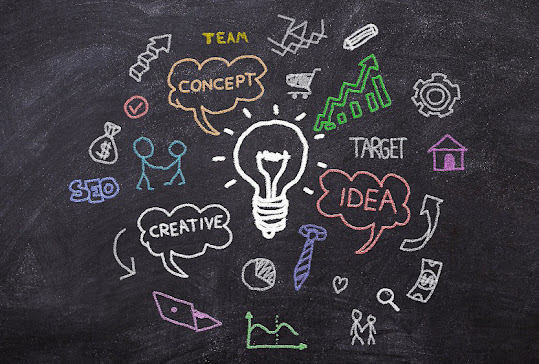Effects of Ritalin on the Body: Awareness, Research and Resources
"I was not good in school. I could never read very fast or very well. I got tested for learning disabilities, for dyslexia. Then I got put on Ritalin and Dexedrine. I took those starting in the eighth grade. As soon as they pumped that drug into me, it would focus me right in." — Channing Tatum
"Although drugs are immoral and must be kept from the young, thousands of schools pressure parents to give the drug Ritalin to any lively child who may, sensibly, show signs of boredom in his classroom. Ritalin renders the child docile if not comatose. Side effects? "Stunted growth, facial tics, agitation and aggression, insomnia, appetite loss, headaches, stomach pains and seizures Marijuana would be far less harmful." — Gore Vidal
What is Ritalin?
Effects of Ritalin on the Body Research
Side-Effects of Addiction
Ritalin Abuse and Addiction
What is Ritalin?Ritalin is the brand name for methylphenidate, a medication primarily used to treat attention deficit hyperactivity disorder (ADHD) and, in some cases, narcolepsy. It works by affecting chemicals in the brain that contribute to impulse control and attention. Ritalin is a stimulant, which might sound counterintuitive for treating hyperactivity, but it helps people with ADHD focus better and manage their symptoms.
Of course, like any medication, it can have side effects, such as changes in appetite, trouble sleeping, or increased heart rate. It’s typically prescribed under the guidance of a healthcare provider, who assesses whether it’s the right fit for an individual." (Source: Microsoft Copilot 2025)
Effects of Ritalin on the Body
"Ritalin is a brand name for the generic medication methylphenidate, which is commonly prescribed to treat attention deficit hyperactivity disorder (ADHD) and narcolepsy. It belongs to a class of drugs known as central nervous system (CNS) stimulants. Here are the primary effects of Ritalin on the body:
1. Improved Focus and Attention: Ritalin is primarily used to help individuals with ADHD to focus better, increase attention span, and reduce impulsivity. It works by increasing the levels of certain neurotransmitters, such as dopamine and norepinephrine, in the brain.
2. Increased Alertness: Ritalin can make individuals feel more awake and alert. This is why it is sometimes used to treat narcolepsy, a sleep disorder characterized by excessive daytime sleepiness.
3. Enhanced Cognitive Function: Ritalin can improve cognitive functions like memory, problem-solving, and decision-making. It can help users think more clearly and be more organized.
4. Restlessness and Increased Physical Activity: Some individuals experience increased physical energy and restlessness when taking Ritalin, which is a common side effect of stimulant medications.
5. Increased Heart Rate and Blood Pressure: Ritalin is a stimulant, and it can lead to increased heart rate and elevated blood pressure in some individuals. It's important for individuals taking Ritalin to have regular check-ups to monitor these cardiovascular effects.
6. Appetite Suppression: Ritalin can reduce appetite, leading to weight loss in some users. It's important to monitor weight and nutritional intake, especially in children.
7. Insomnia: Due to its stimulant effects, Ritalin can interfere with sleep patterns and cause difficulty falling asleep or staying asleep. It is often recommended that the last dose of Ritalin be taken in the late afternoon to minimize this side effect.
8. Emotional Effects: Ritalin may cause mood swings or emotional changes in some individuals, such as increased anxiety, irritability, or even euphoria. These effects can vary from person to person.
9. Potential for Dependence and Addiction: Ritalin has a potential for abuse and dependence, especially when used inappropriately or in high doses. It is classified as a Schedule II controlled substance in the United States due to its potential for abuse.
10. Withdrawal: When someone stops taking Ritalin after prolonged use, they may experience withdrawal symptoms, including fatigue, depression, and irritability.
11. Long-Term Effects: The long-term effects of Ritalin are still a subject of ongoing research. Some studies have suggested potential concerns about its impact on growth in children, but the overall safety and efficacy of long-term use are areas of continued investigation.
It's important to note that the effects of Ritalin can vary from person to person, and the medication should only be used under the guidance of a healthcare professional. It's crucial to follow prescribed dosages and to communicate any side effects or concerns with your healthcare provider. Misuse or abuse of Ritalin can lead to serious health problems and should be avoided." (Source: ChatGPT 2023)
Benefits of Ritalin
"Ritalin, also known as methylphenidate, is a central nervous system stimulant with several benefits when used appropriately and under medical supervision. Here are some of its key advantages:
Improved Focus and Attention: Ritalin is commonly prescribed for individuals with ADHD (Attention Deficit Hyperactivity Disorder). It helps improve concentration, reduce impulsivity, and enhance task completion.
Support for Executive Functioning: It can aid in better organization, planning, and decision-making, particularly for individuals struggling with executive dysfunction.
It's important to note that Ritalin should only be used as part of a comprehensive treatment plan, which may include therapy or behavioral interventions. Misuse or unsupervised use can lead to side effects or dependency.
Side-Effects of Ritalin
Ritalin (methylphenidate) can cause a range of side effects, which vary in severity. Here's an overview:
Common Side Effects:
- Appetite Suppression: Reduced appetite, which may lead to weight loss.
- Sleep Issues: Insomnia or difficulty falling asleep.
- Headaches: Mild to moderate headaches.
- Nervousness: Feelings of anxiety or restlessness.
- Stomach Problems: Nausea or abdominal pain.
Serious Side Effects:
- Heart Issues: Increased heart rate, palpitations, or high blood pressure.
- Mental Health Concerns: Mood swings, aggression, or worsening symptoms of depression or anxiety.
- Circulation Problems: Numbness, pain, or discoloration in fingers or toes.
- Dependency Risk: Potential for misuse and addiction if not used as prescribed.
Rare but Severe Reactions:
- Allergic Reactions: Rash, itching, or swelling.
- Psychosis: Hallucinations or paranoia in rare cases.
- Seizures: Increased risk in individuals with a history of seizures.
It's essential to use Ritalin under medical supervision and report any concerning side effects to a healthcare provider. If you'd like, I can also share information about how Ritalin works or its alternatives. Let me know." (Source: Microsoft Copilot 2025
Abusing Ritalin and its Effects on the Body Hired Power
Can Nonprescription Ritalin Alter Brain Chemistry? Delphi Behavioral Health Group
Chronic Ritalin Administration during Adulthood Increases Serotonin Pool in Rat Medial Frontal Cortex NIH
The Effects of Mixing Ritalin and Alcohol Alcohol.org
Effects of Ritalin on the Body Ritalin is a stimulant that can help to improve concentration and attention span in people with ADHD Healthline
Guide to Ritalin Addiction: Effects, Symptoms, & Treatment Renaissance Recovery
Methylphenidate or Dexmethylphenidate (Concerta, Ritalin and others) NAMI








